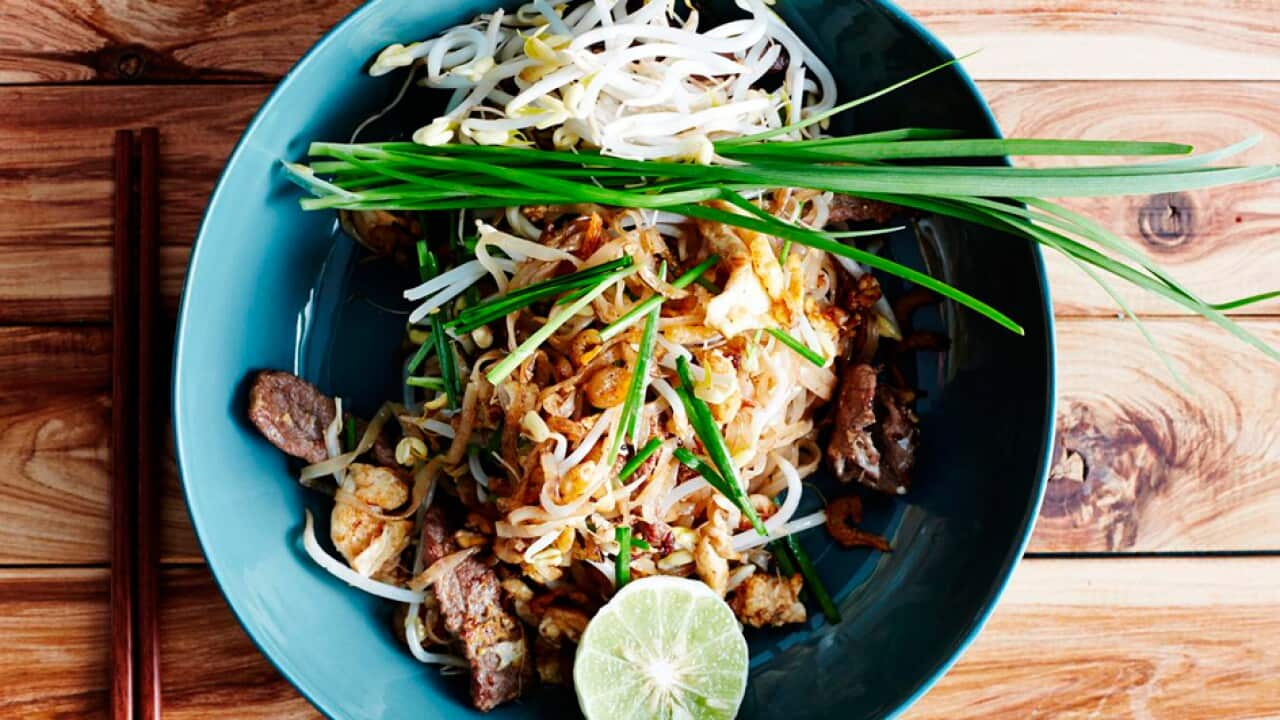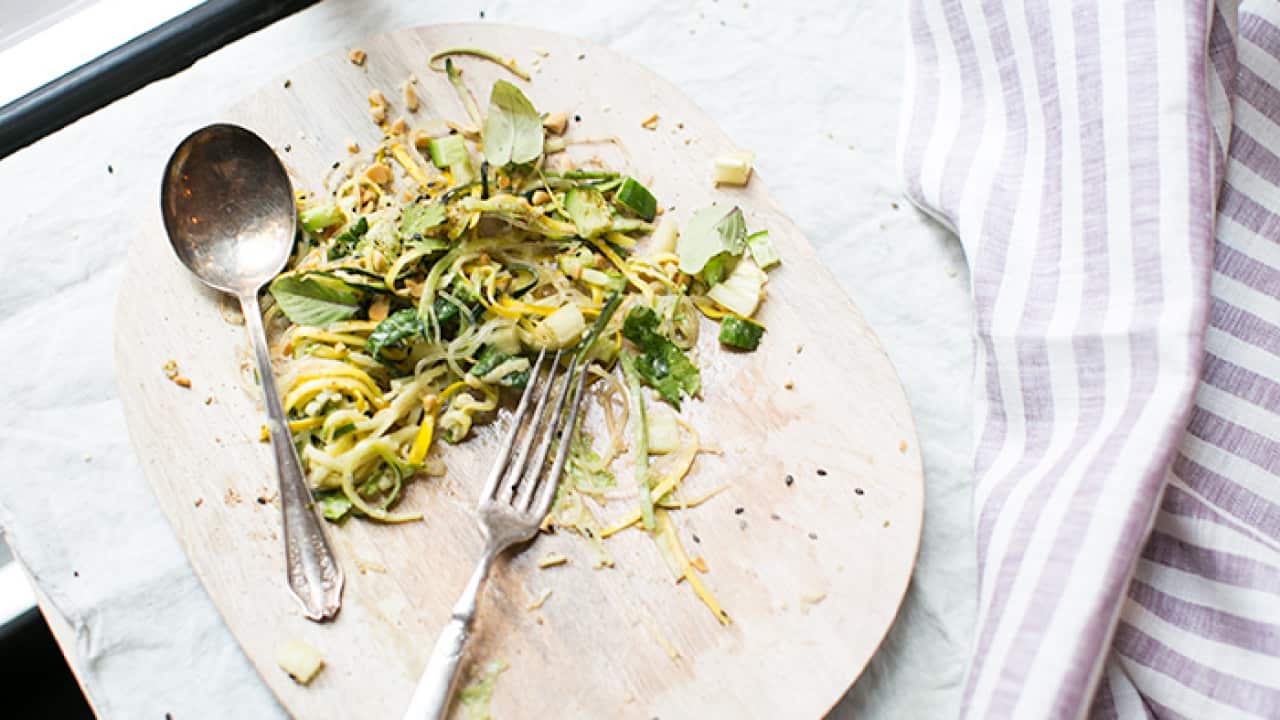Outside of Thailand, pad Thai is probably the most well-known dish in the pantheon of Thai cuisine. It is so ubiquitous here that it’s even bandied around on lists of Australian ‘national dishes’, and came in as Sydney’s most popular takeaway item according to 2014 Menulog figures.
Yet just 80 years ago, you wouldn’t have found pad Thai anywhere – even in Thailand.
The making of pad Thai
The dish was in the 1940s under the regime of Plaek Phibunsongkhram (Prime Minister of Thailand from 1938 to 1944 and 1948 to 1957) as part of a sweeping set of cultural reforms to create a Thai national identity. Accounts vary, but most histories suggest he established a national competition to find a distinctly Thai noodle dish.
The winner was kway teow pat Thai, or stir-fried rice noodles Thai-style. The inclusion of ‘Thai’ in the name and the reference to kway teow – Hokkien for flat rice noodles – immediately highlights the borrowed aspects of this dish, born of a particular political and social climate.
At the time, many Chinese migrants operated street carts and sold noodles to Thai workers.
“It was given the name pat Thai, in keeping with the chauvinistic tenor of the times, and to distinguish it from Chinese noodle dishes, even though it has much in common with them – bean sprouts, bean curd, salted radish, garlic chives and, of course, the noodles themselves,” writes David Thompson in Thai Street Food.
“The thing that makes it distinctly Thai is the tamarind,” Palisa Anderson, director of Sydney’s Chat Thai group, tells SBS Food.
“It’s not an old dish or a traditional dish,” she says. Is it Thai? “Yeah definitely, no doubt.”

Pad Thai being made at a street stall in Bangkok.
Top snack food
Pad Thai is popular in Thailand, it’s just eaten a little differently.
“There it’s not a meal as such, it’s a snack food, and that’s why if you get it in Thailand there’s not a lot of protein in it,” explains Palisa. To make a meal out of it, restaurants have increased portion sizes and added more protein, such as chicken, fresh prawns or beef.
“In Thailand, it’s more of a night-time food. A lot of the restaurants that specifically do pad Thai in Bangkok open only in the evening,” she says. Sydney’s appetite for pad Thai is so great that Palisa needs to keep it on all Chat Thai restaurant menus, at all times.
Australia has a complicated relationship with the dish though, and it’s certainly no stranger to criticism. It’s often labelled as a boring or safe choice, but Palisa says good pad Thai (not “bastardised pad Thai”) deserves its fame.
“It’s very palatable, it’s got universal appeal. It’s salty, sweet and sour, and it’s not spicy” – unless you want it to be. “The chilli is usually put on the side and you mix it in. Normally in Thailand, the seasonings go on the side,” she says.
This way, you can adjust to your own taste with the lime cheek and little piles of sugar, chilli, and crushed peanuts beside your noodles, and garnish with the bean sprouts and garlic chives.
Bangkok’s best pad Thai
Easily the most famous pad Thai in Thailand is the version made at Thip Samai, a restaurant in Bangkok that opens in the evenings until late. Queues snake down the street and an army of chefs wield multiple woks on the pavement while tourists salivate. Palisa’s tip is to head a few doors down instead (near the end of Thip Samai’s queue) to Raan Jay Fai, which you might otherwise pass without noticing. A goggle-clad woman works her wok over charcoal flames, taking her time with each dish. Crab omelette and drunken noodles are her specialties, but if you ask she can apparently whip you up a pad Thai to beat the legendary version up the street.
Palisa’s tip is to head a few doors down instead (near the end of Thip Samai’s queue) to Raan Jay Fai, which you might otherwise pass without noticing. A goggle-clad woman works her wok over charcoal flames, taking her time with each dish. Crab omelette and drunken noodles are her specialties, but if you ask she can apparently whip you up a pad Thai to beat the legendary version up the street.

Thip Samai is one of Bangkok's best-known pad thai sellers.






